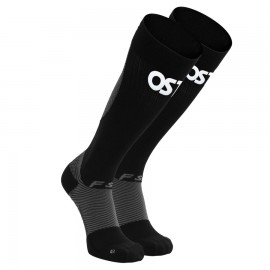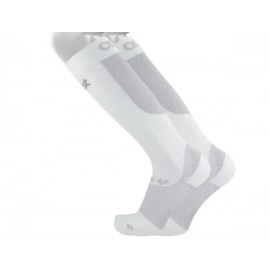Understanding the Mechanism of Anti-Embolism Stockings
Introduction
Anti-embolism stockings, also known as compression stockings, are specialized stockings designed to promote blood circulation in the legs and prevent the formation of blood clots. Blood clots, also known as deep vein thrombosis (DVT), can be a serious medical condition that can lead to complications such as pulmonary embolism. In this article, we will explore how anti-embolism stockings work and how they can help prevent DVT.
Compression Technology
Anti-embolism stockings use compression technology to promote blood flow in the legs. The stockings apply a graduated pressure to the legs, with the pressure being highest at the ankle and gradually decreasing up the leg. This pressure helps to improve blood circulation, which can reduce the risk of blood clots forming.
Preventing Blood Pooling
Blood pooling is a common problem in individuals who spend long periods of time standing or sitting. This can occur because the blood is not circulating effectively, causing it to pool in the legs. Anti-embolism stockings can help prevent blood pooling by applying pressure to the veins, which helps to improve blood flow and prevent blood from accumulating in the legs.
Reducing Inflammation
Inflammation can be a contributing factor to the formation of blood clots. Anti-embolism stockings can help reduce inflammation by improving blood flow and reducing the pressure in the veins. This can reduce the risk of blood clots forming and promote healing in individuals who are recovering from surgery or injury.
Decreasing Venous Pressure
Venous pressure is the pressure in the veins of the legs, which can increase when blood is not circulating effectively. Anti-embolism stockings can help decrease venous pressure by improving blood flow and preventing blood from pooling in the legs. This can reduce the risk of developing blood clots and can also help alleviate symptoms such as leg swelling and pain.
Proper Fit
Anti-embolism stockings need to be properly fitted to be effective. If they are too loose, they will not provide enough compression to improve blood flow, while if they are too tight, they can restrict circulation and cause discomfort. It is essential to work with a healthcare professional to ensure proper fitting and use of anti-embolism stockings.
Conclusion
Anti-embolism stockings are an effective way to prevent blood clots and promote blood circulation in the legs. Their compression technology helps to reduce venous pressure, prevent blood pooling, and reduce inflammation. It is essential to work with a healthcare professional to ensure proper fitting and use of anti-embolism stockings. In combination with other preventative measures, such as regular exercise and movement, maintaining a healthy weight, and avoiding prolonged sitting or standing, anti-embolism stockings can contribute to improved circulation and reduce the risk of developing DVT.




Leave your comment
Note: HTML is not translated!